- Description
-
Details
The conventional classroom, characterized by chalkboards, printed textbooks, and static desks, has undergone a remarkable transformation in recent years. Thanks to the rapid advancement of technology, the concept of smart classrooms has emerged, revolutionizing the way educators teach and students learn. These innovative smart classroom solutions incorporate a wide array of technologies and tools designed to enhance the learning experience. In this article, we will explore the world of innovative smart classroom solutions, the key components that drive them, and the profound impact they have on education.
Understanding Innovative Smart Classroom Solutions
Innovative smart classroom solutions are modern learning environments that leverage cutting-edge technology to foster more engaging, interactive, and effective teaching and learning experiences. These solutions go beyond traditional teaching methods, incorporating a diverse range of hardware, software, and digital content to create dynamic educational spaces.
Key Components of Innovative Smart Classroom Solutions
-
Interactive Whiteboards: Interactive whiteboards are the cornerstone of smart classrooms. These large, touch-sensitive displays replace traditional blackboards or whiteboards, allowing educators to write, draw, and interact with digital content. They often come equipped with advanced features like multi-touch capabilities and wireless connectivity.
-
Educational Software: Specialized educational software plays a pivotal role in smart classrooms. These applications offer a wide range of features, including lesson planning, content delivery, assessment tools, and student tracking. Some software even includes adaptive learning capabilities to personalize instruction.
-
Digital Content: Smart classrooms embrace digital content, such as e-books, interactive simulations, videos, and online quizzes. These resources align with curriculum standards and provide a dynamic and engaging way for students to access educational materials.
-
Multimedia Resources: Smart classrooms often incorporate access to multimedia resources such as educational videos, animations, and interactive multimedia presentations. These resources cater to diverse learning styles and make complex topics more accessible.
-
High-Speed Internet: Seamless internet connectivity is essential for smart classrooms. It allows educators to access online resources, stream videos, and engage in real-time collaboration. High-speed internet ensures that the learning experience remains smooth and uninterrupted.
-
Audio-Visual Equipment: Advanced audio-visual equipment, including high-quality microphones and speakers, enhances the auditory experience in the classroom. This equipment ensures that students can clearly hear and engage with the educational content.
-
Student Devices: Many smart classroom solutions incorporate student devices such as tablets or laptops. These devices enable students to actively participate in lessons, access digital content, and collaborate with peers.
-
Document Cameras: Document cameras capture written or physical content, such as notes or diagrams, and project them onto the screen in real-time. This feature is valuable for demonstrating problem-solving steps, conducting live experiments, or showcasing artifacts.
Benefits of Innovative Smart Classroom Solutions
-
Engagement and Interactivity: Innovative smart classrooms foster active student engagement through interactive whiteboards and collaborative activities. Students can actively participate in lessons, making learning more enjoyable and memorable.
-
Visual Impact: Multimedia resources and high-definition displays provide visual impact, making educational content more appealing and easier to understand. Complex concepts are conveyed with greater clarity.
-
Enhanced Collaboration: Smart classrooms encourage collaboration among students. Group projects, real-time editing of shared documents, and collaborative problem-solving are facilitated, promoting teamwork and communication skills.
-
Real-Time Assessment: Educational software in smart classrooms enables real-time assessment. Educators can gauge student understanding during lessons and provide immediate feedback, allowing students to make corrections and improvements.
-
Flexibility in Teaching: Smart classroom solutions support a variety of teaching methods, from traditional lectures to flipped classrooms and blended learning models. Educators can adapt their teaching styles to suit the needs of diverse learners.
-
Resource Accessibility: Digital content and resources are easily accessible to students, reducing the need for physical textbooks and printed materials. This accessibility benefits both students and educators, promoting resource sharing and collaboration.
-
Remote Learning: Smart classroom solutions provide a seamless transition to remote learning, ensuring that students can access high-quality educational content and engage with educators from anywhere in the world.
Challenges and Considerations
While innovative smart classroom solutions offer numerous advantages, they also come with challenges and considerations:
-
Cost: Implementing innovative smart classroom solutions can be expensive, including the cost of hardware, software licenses, professional development, and ongoing maintenance.
-
Technical Training: Educators require training to effectively use the technology and educational software in smart classrooms. Proficiency in these tools is essential to maximize their benefits.
-
Digital Divide: Ensuring equitable access to technology and digital resources is a significant concern. Not all students have equal access to personal devices or reliable internet connectivity, potentially exacerbating educational inequalities.
-
Privacy and Security: Protecting student data and ensuring the security of online learning environments is paramount. Schools must implement robust cybersecurity measures and adhere to privacy regulations.
-
Balancing Technology: Striking a balance between technology and traditional teaching methods is crucial to avoid over-reliance on screens and devices. Technology should enhance, not replace, effective teaching practices.
Innovations in Smart Classroom Solutions
As technology continues to evolve, smart classroom solutions are expected to incorporate even more innovative features in the future:
-
Artificial Intelligence (AI): AI-driven tools can provide personalized learning experiences, helping educators tailor content to individual student needs and providing insights into student performance.
-
Augmented Reality (AR) and Virtual Reality (VR): AR and VR technologies can create immersive and interactive educational experiences. Students can explore historical landmarks, travel to outer space, or dissect virtual organisms, enhancing their understanding of complex subjects.
-
Data Analytics: Advanced data analytics will offer educators deeper insights into student progress and learning patterns, enabling them to make data-driven decisions to enhance teaching and curriculum development.
-
Global Collaboration: Smart classrooms can facilitate global collaboration among students from different countries. Virtual exchange programs, international projects, and cultural exchanges can broaden students' perspectives and foster cross-cultural understanding.
Conclusion
Innovative smart classroom solutions are reshaping the future of education, providing educators and students with powerful tools to create dynamic and engaging learning experiences. While challenges such as cost, technical training, and the digital divide must be addressed, the benefits of these solutions are substantial. They promote engagement, accessibility, interactivity, and resource accessibility while preparing students for success in a rapidly evolving world.
As technology continues to advance and educational institutions refine their strategies, innovative smart classrooms are poised to play a pivotal role in shaping the future of education. These environments empower educators to create immersive and effective learning experiences that prepare students for the challenges and opportunities of tomorrow. Smart classrooms represent not just an upgrade in technology but a fundamental shift in the way education is delivered and experienced, ensuring that learners receive the quality education they need to succeed.
Smart Classroom Images
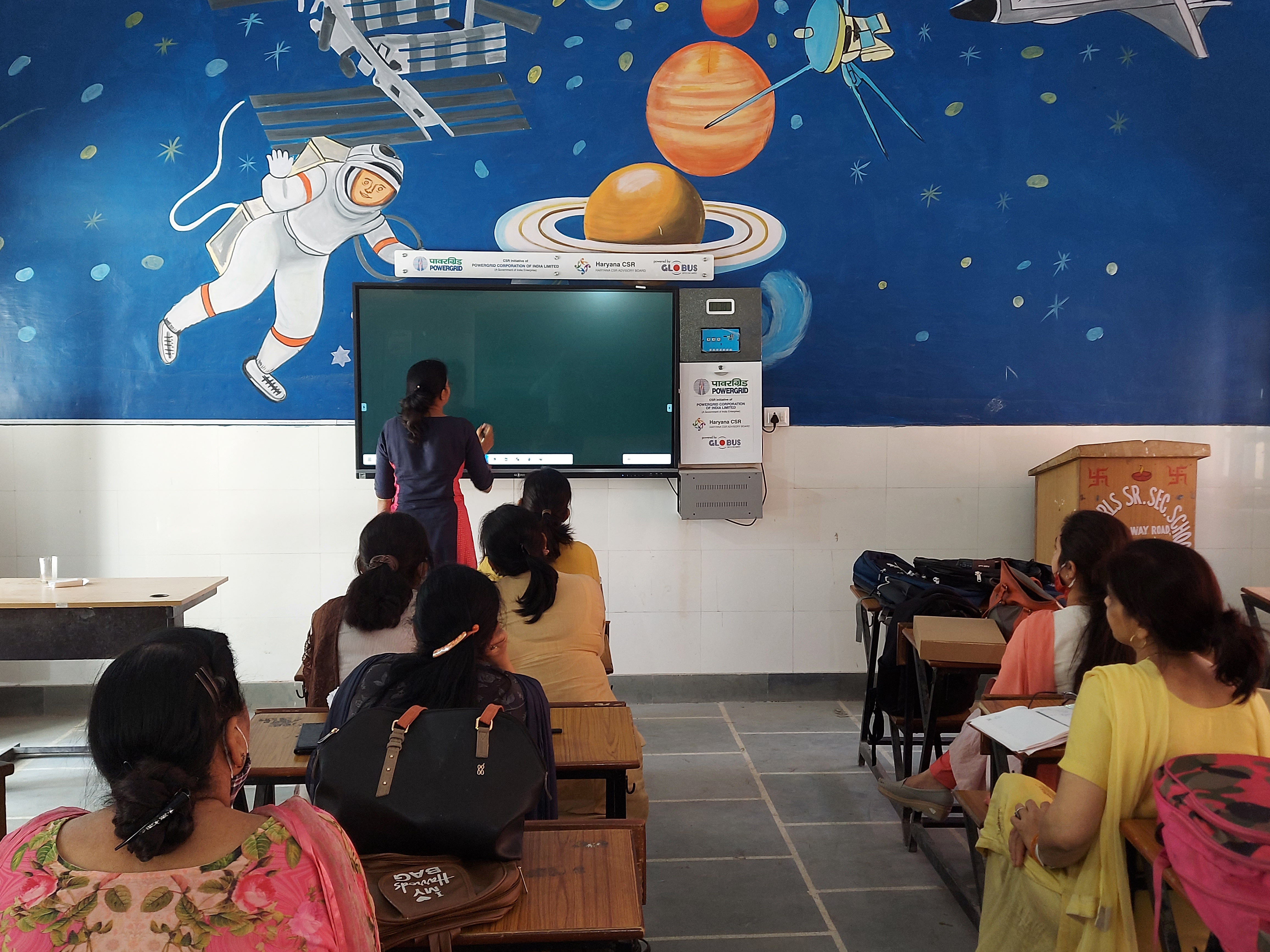
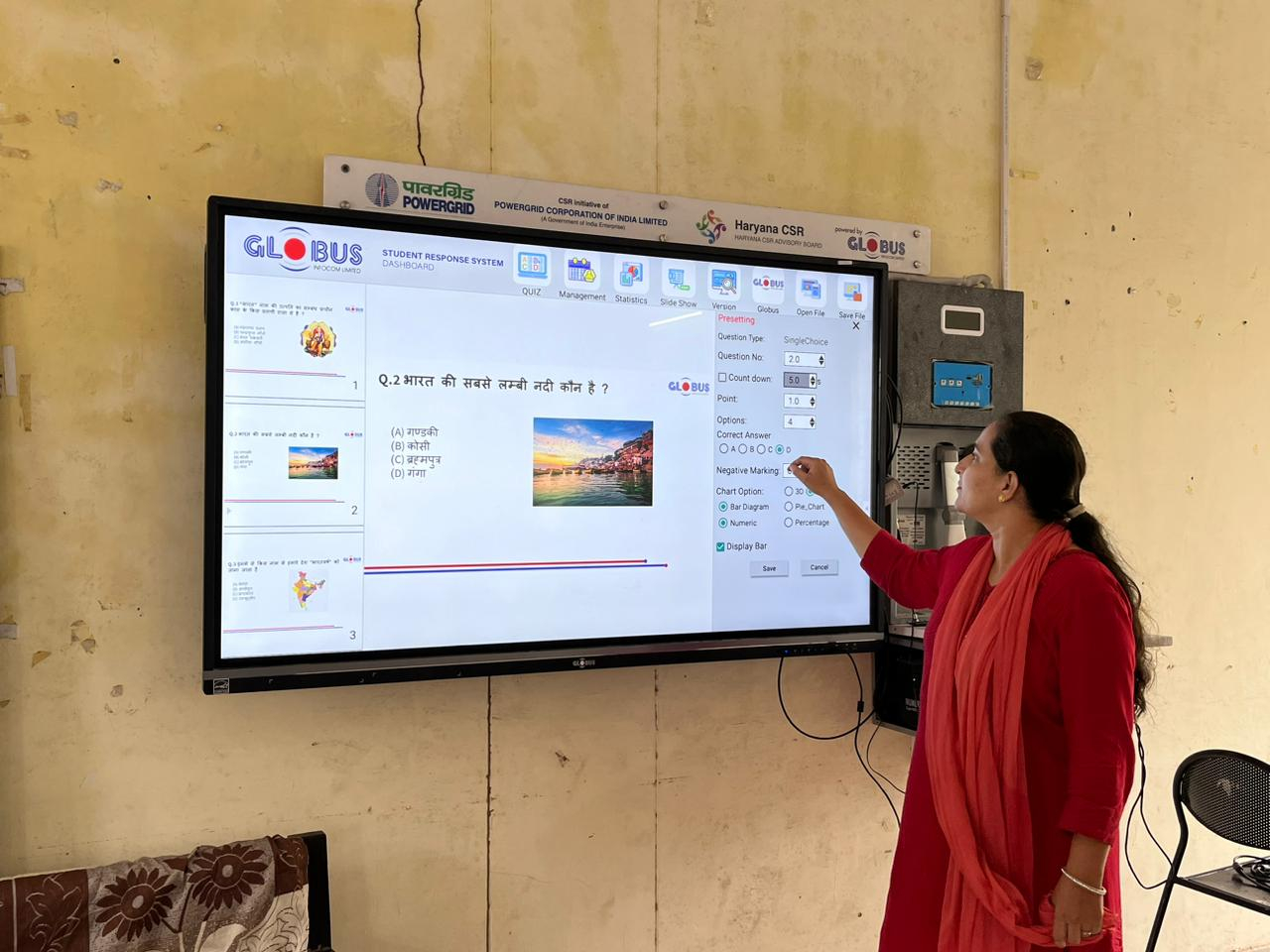
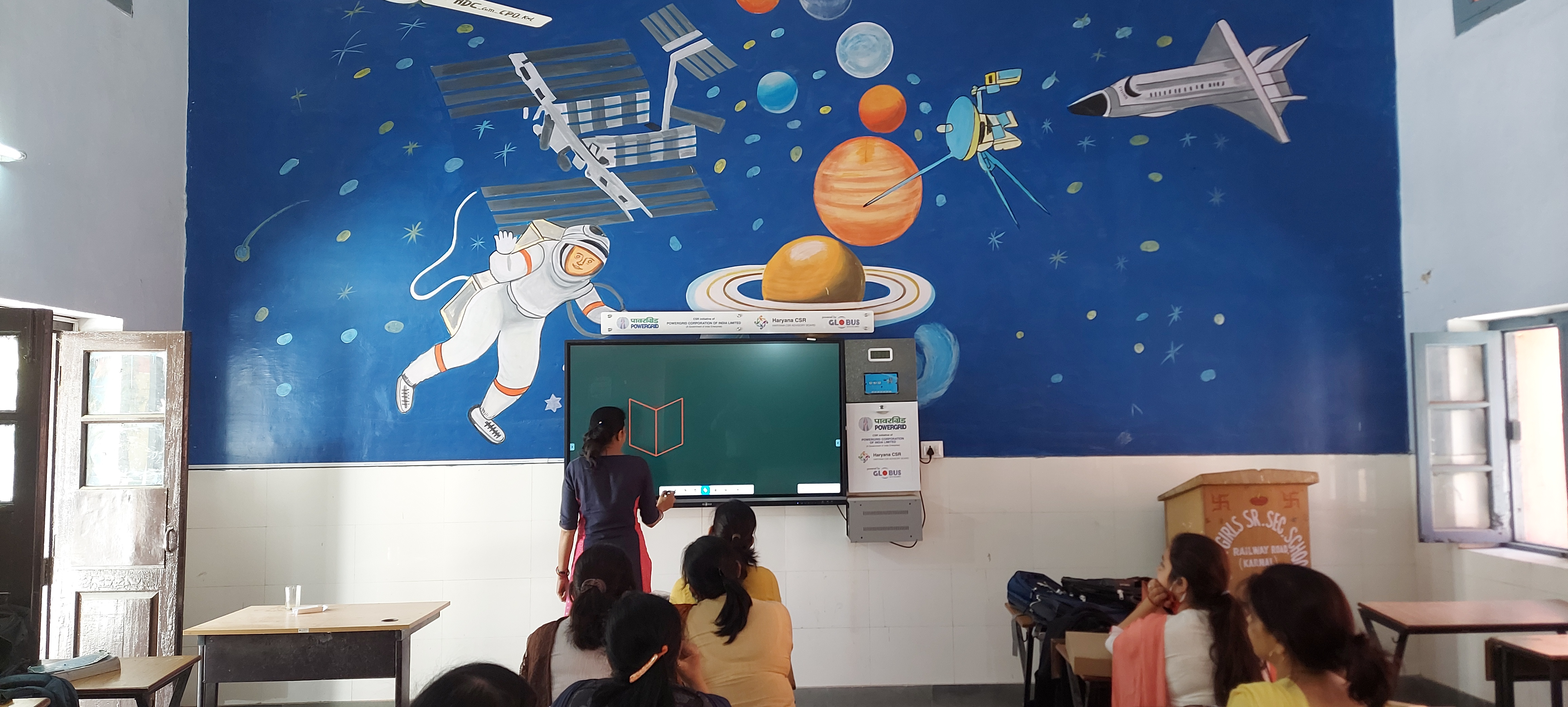
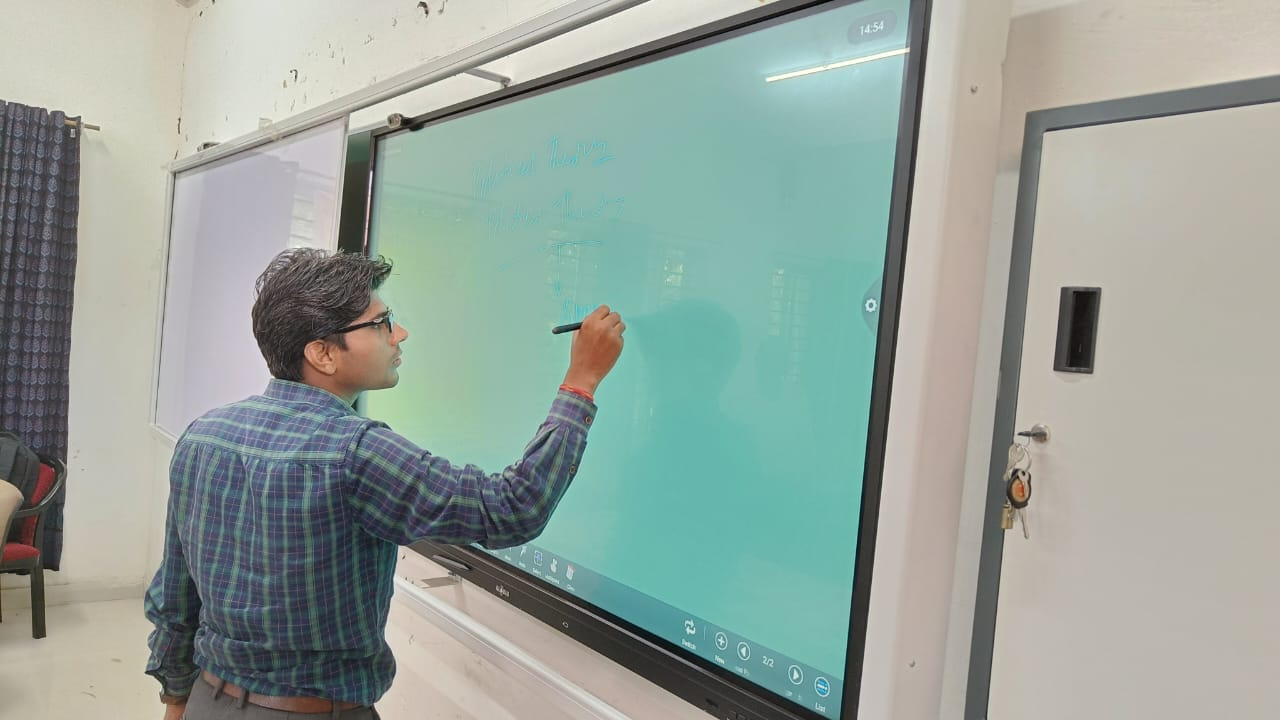
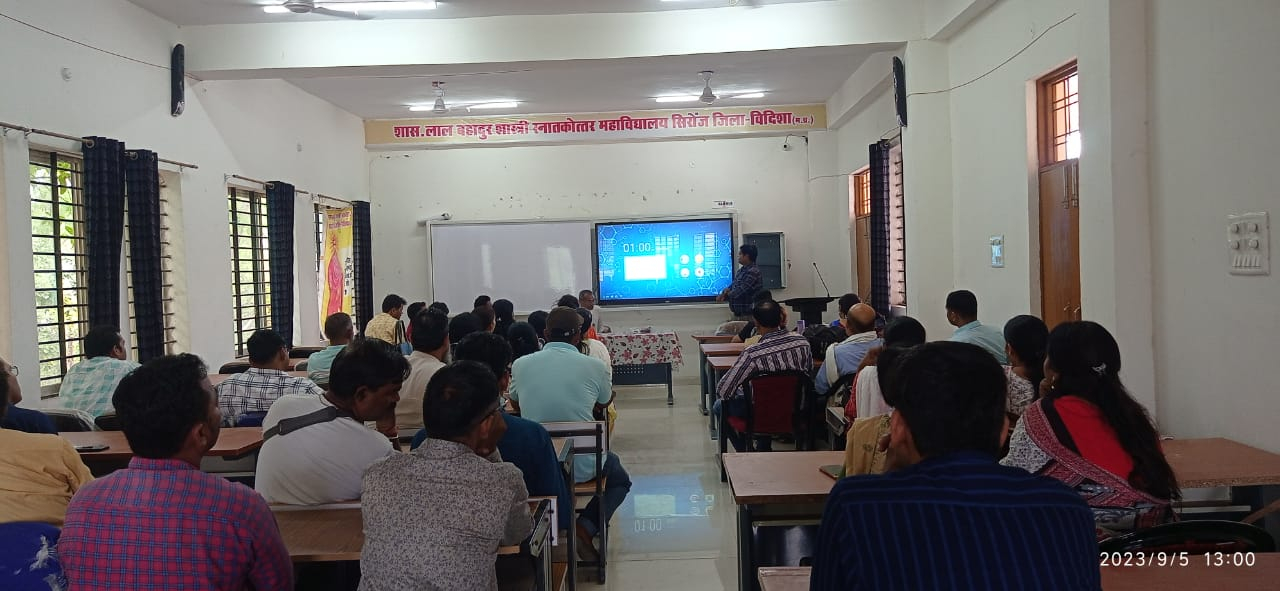
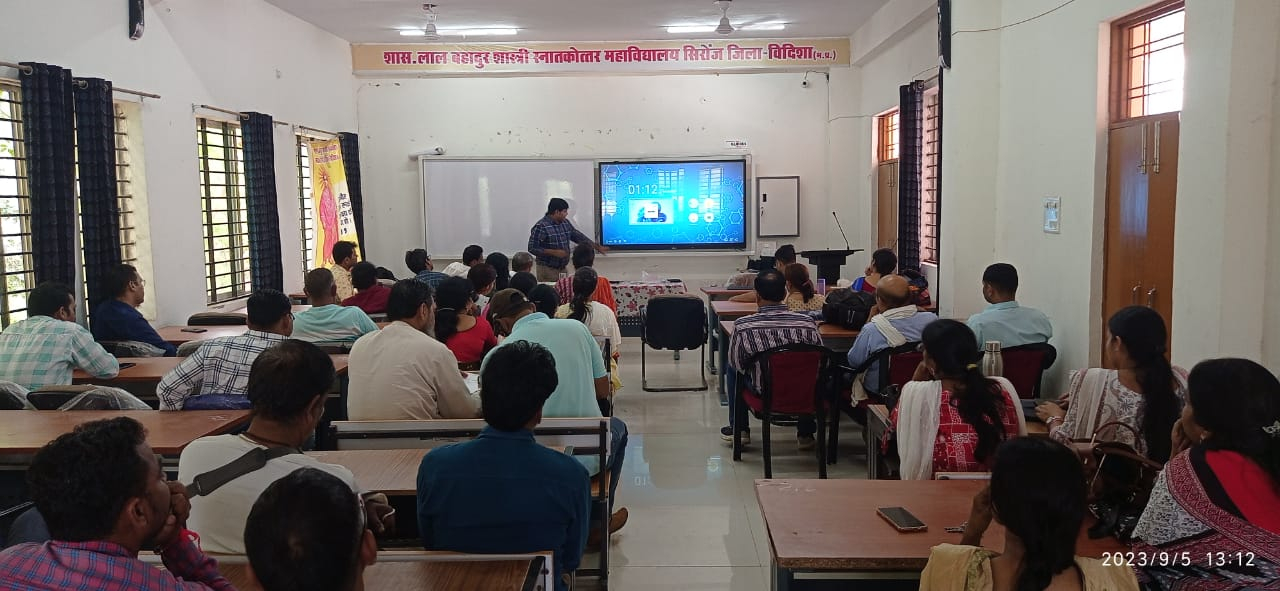
-
- Reviews
-
Default welcome msg!

